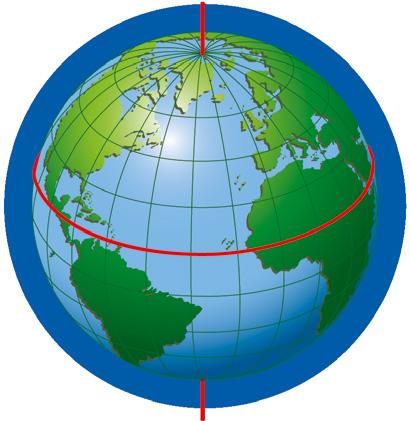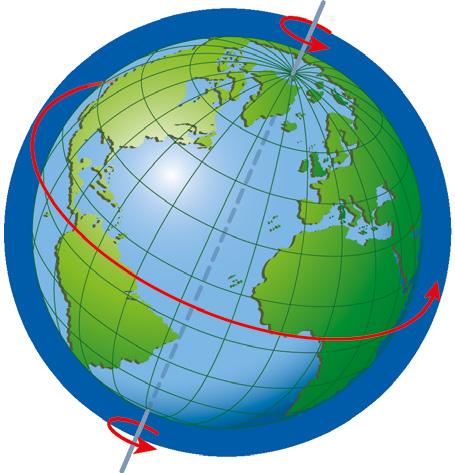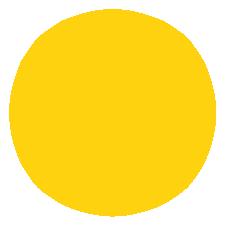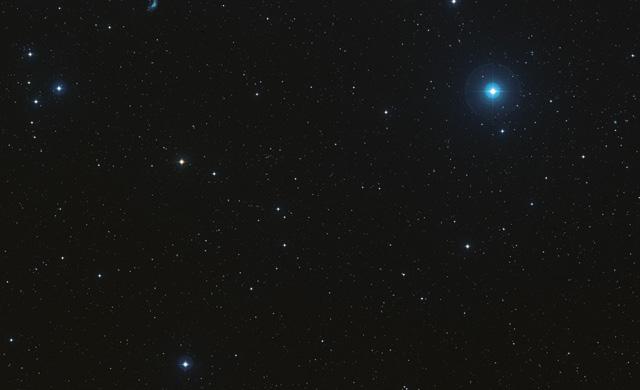
2 minute read
THE EARTH AND ITS MOVEMENTS
Refresh At what time does the Sun rise? Does it always rise at the same time?
5 The Earth and its movements
The Earth is the third planet from the Sun. It is a rocky planet with a solid surface.
It is special planet because 70% of its surface is covered in liquid water. What’s more, the Earth’s atmosphere keeps the planet at the correct temperature to support life.
Apart from orbiting around the Sun, the Earth also rotates around an imaginary axis.
The Earth rotates counterclockwise around an axis that is tilted 23º with respect to the Sun. It takes 24 hours to complete one turn. This movement is called rotation.
If we draw a vertical line to mark the axis, the point where it meets the surface of the Earth in the north is called the North Pole and in the south it is called the South Pole.

The Equator is an imaginary horizontal line at an equal distance from the poles. It divides the Earth into two halves called the Northern Hemisphere and the Southern Hemisphere.
1 a) North Pole b) South Pole. c) Northern Hemisphere d) Equator e) Southern Hemisphere
In which hemisphere do you live? Write the answer in your notebook.
2 Draw a diagram of the Earth in your notebook and label it with the following terms.
6 The seasons, equinoxes and solstices
The Earth also moves around the Sun. This movement is called revolution. Because the Earth is tilted and its orbit is elliptical, the distance from the Sun is not always the same. For that reason, the days are Northern Hemisphere. It is also hotter in summer and Southern Hemisphere, the opposite happens.
3
The equinoxes and solstices

In the middle of the Earth’s orbit, the Sun’s rays fall directly on the Equator. This moment is called the equinox. There are two equinoxes: one that marks the beginning of spring and the other one marks the beginning of autumn. On these dates, day and night both last for 12 hours. The moments when the Earth is at its furthest point from the Sun are called the solstice. The summer solstice happens on the 21st of June and it is the longest day of the year. The winter solstice is on the 21st of December and it is the shortest day of the year.
Look at the diagrams and answer the questions.
a) When it is winter in the Northern Hemisphere, what season is it in the Southern Hemisphere?
b) Which area of the planet has got constant sunlight during the year?


c) Which areas of the planet have got constant darkness during the winter?

Think 4 Think and answer: On the 4th of November, are days getting longer or shorter in the Southern Hemisphere?
a) North Pole b) Shorter a) 20th March c) 21st December b) 23rd September d) 21st June
5 Write the name of these dates and say which season starts then.
Language Bank
Present simple for timetables Spring begins on the…






